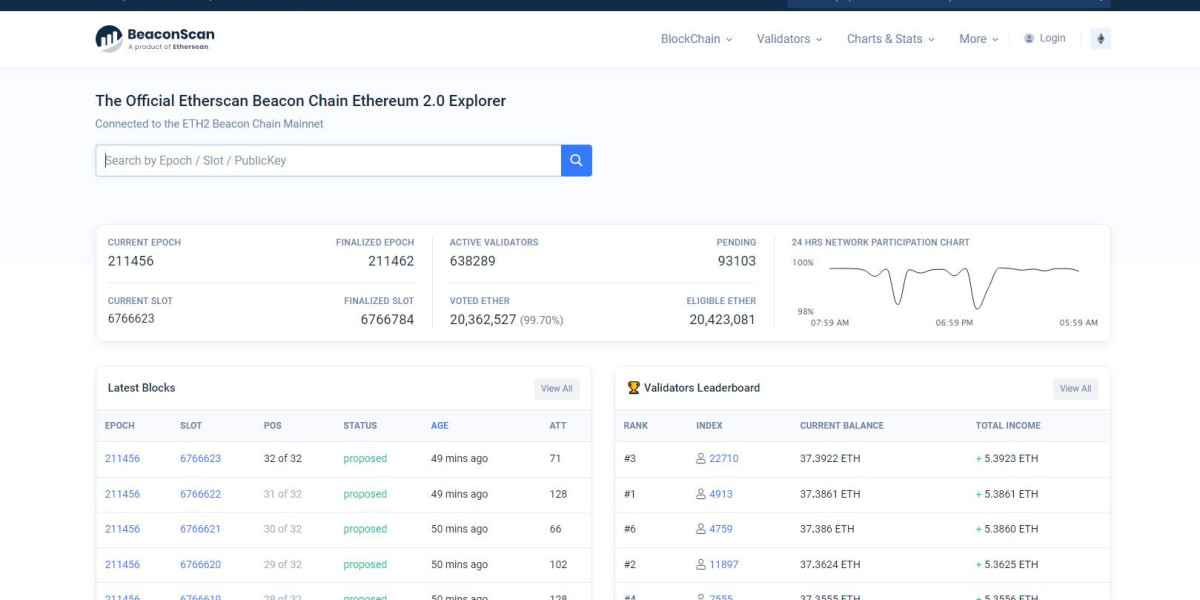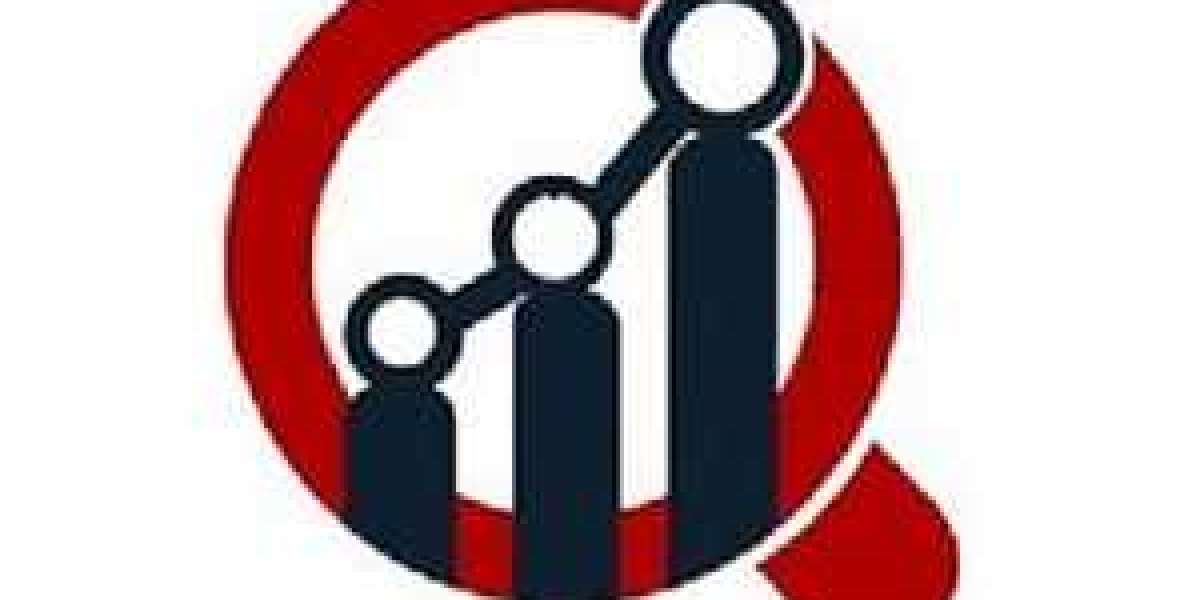Change is a law of nature and whether we are engaged in business or are involved in any trade, we come across several changes. Some of them benefit us while some of them are not that effective. Thus, when talking of the crypto trade, changes take place more often here. And, one such addition or change that has grabbed the attention of almost all the investors is none other than the Beacon Chain.
It is recognized for introducing the PoS to the Ethereum ecosystem in place of PoW. Before its launch, PoW was in circulation but after the emergence of this chain, several improvements and changes took place in the world of Ethereum. This emergence is praised by all the people that are associated with that field.
But, as it is still new to many and somewhere has a conception that is quite hard to understand, thus, through this read, we are trying to help the perplexed users to get a clear idea of what all options they can explore on its dashboard.
The contributions made by the Beacon Chain
The core objective behind its launch is to improve the mechanism of the Ethereum world by adding some processes or by working on the existing processes. Some of the highlighted or major changes that took place after its evolution are listed down:
- Introduction of PoS to the Ethereum Ecosystem
- Unification of two blockchains into one after “The Merge” event
- The launch of the Staking operation
- Reducing the network load by adding the concept of Sharding
A glance at the dashboard of Beacon Chain
The dashboard is designed in a manner that gives a summary of all the actions performed by the users. Its simple user-interface make it easy for the investors to navigate and understand all the components located over there without any technical assistance.
At the middle of the page, you’ll find a rectangular box carrying four essential components that are required for trade. At the top of the box, you’ll find four options that are as follows:
Validators: These are one of the most vital components that are included in the processes operated on this platform. To activate validators, users must hold at least 32 ETH with them (on average).
Income: This section reflects the income generated by users and the same is shown in a diagrammatic format. The income is shown with the help of a bar diagram. Through this, you can easily analyze whether the income generated over time is moving upwards, downwards, or constant.
Proposals: These show the business plans or proposals.
Withdrawals: This section comprises much other information relating to the direction in which the following factors are moving:
- Validators
- Epochs
- Slot
- Time
- Recipient’s address
- Amount
What’s other than this?
The other information that you can check on the dashboard of the Beacon Chain are:
Summary: When you move toward the right side of the screen, you’ll find the summary box. This box carries the information relating to the income generated by the users at periodic time intervals. You can check the information relating to the income under the following labels:
- Last Day
- Last Week
- Last Month
- Total Rewards
- Total Balance
- Avg. Eff.
Final Verdict
In addition to the information covered in this read, you can also have a look at the history which is also available on the dashboard of the Beacon Chain. To better understand, all options located over there navigate to its official website.



